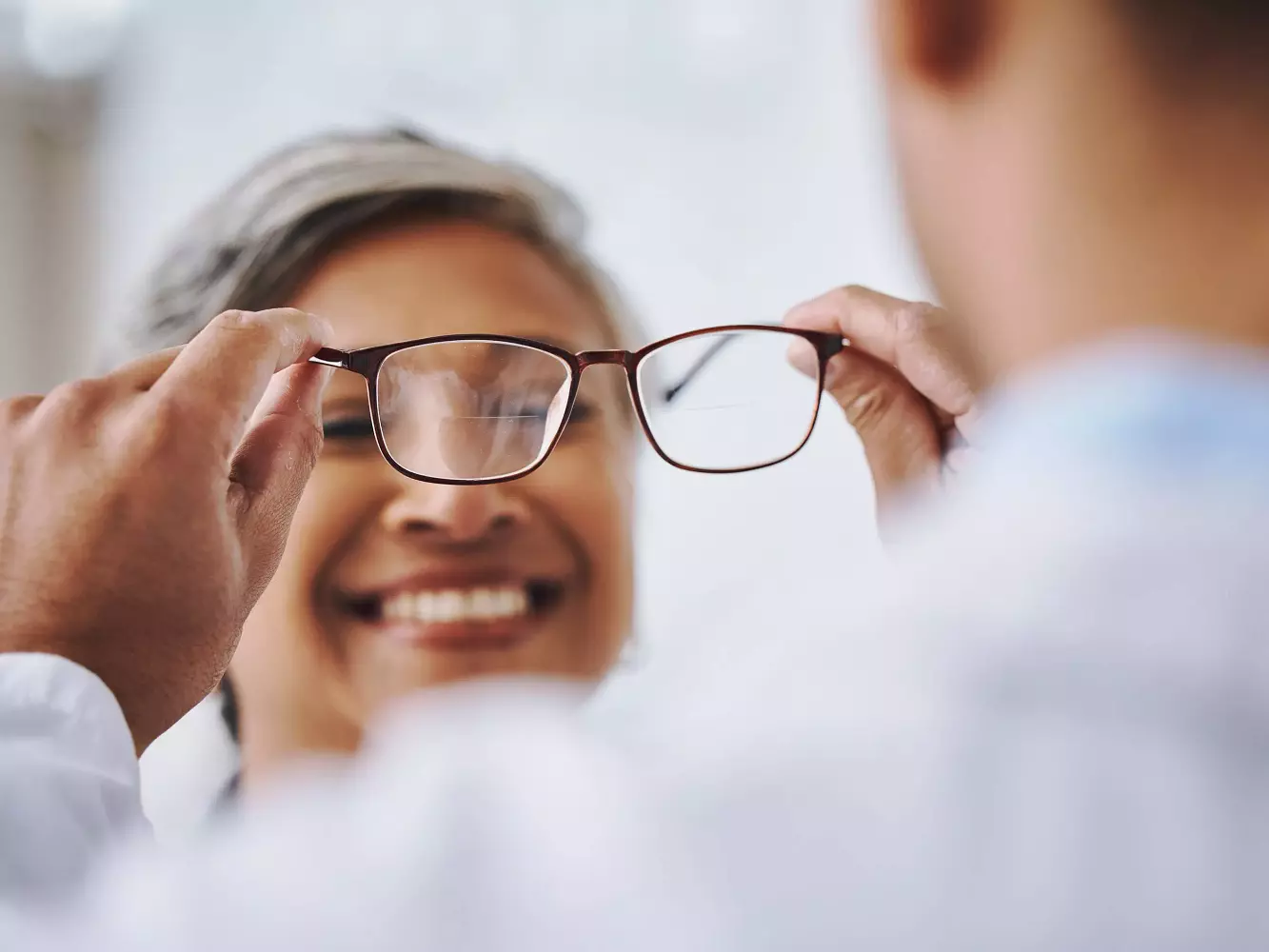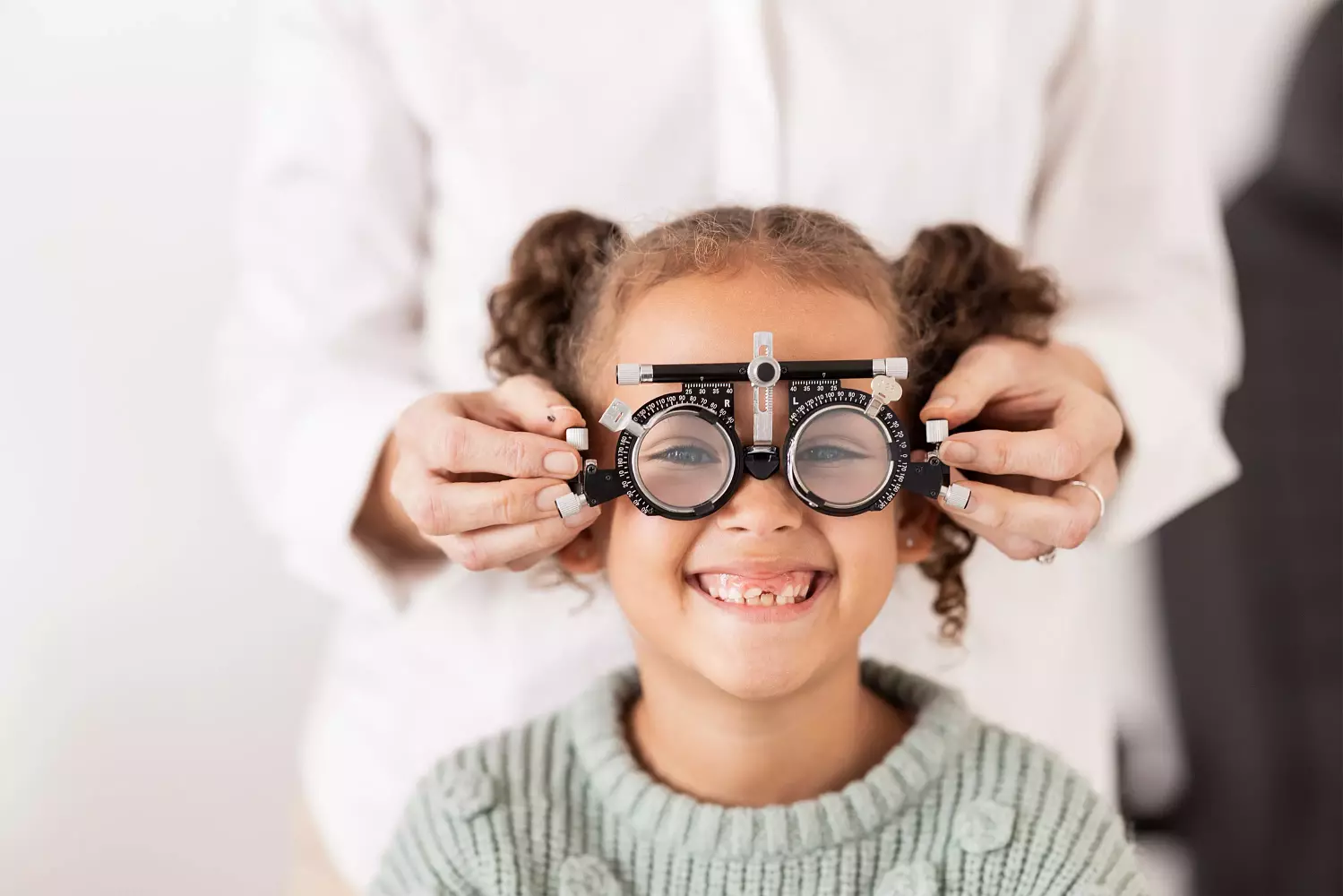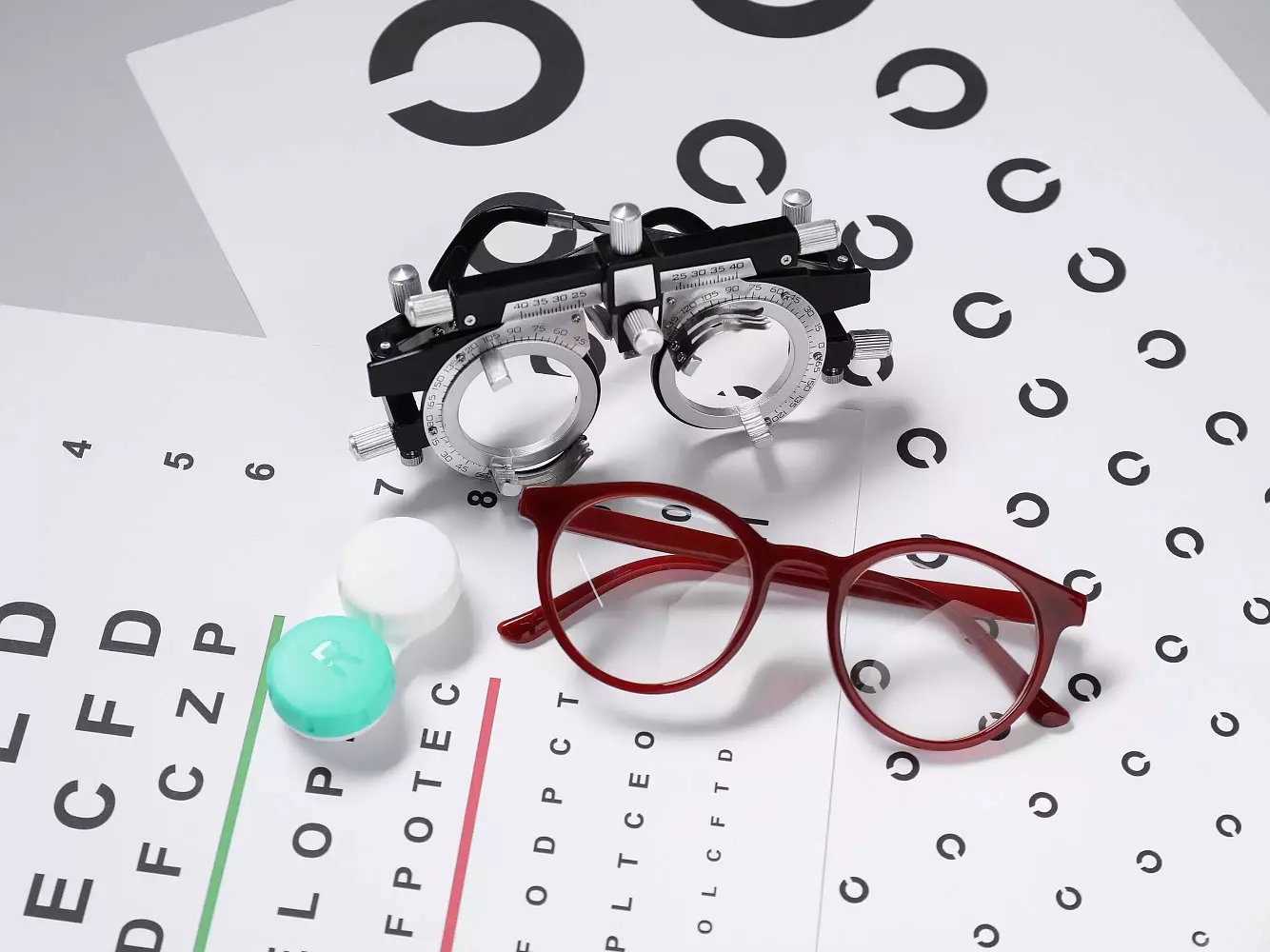Eye Exams
Your eyes are also windows to your overall health and an eye exam can also uncover underlying and life-threatening health issues, such as Type 2 diabetes, high blood pressure, high cholesterol, certain vascular diseases and brain or eye tumors.
During a comprehensive exam the optometrist assesses your case history, quality of vision, external health of the eyes, internal health of your eyes, ability of the eyes to adjust focus, eye movement, eye coordination, and peripheral vision. In addition, colour vision and depth perception may also be evaluated. If a problem is detected, treatment and management options will be provided accordingly, such as with glasses, contact lenses, exercise, medication or surgery
Check out our Eye Health Library for additional information on refractive errors and eye diseases.

Eye Exam Coverage in NB
The Government of New Brunswick offers a few health services vision programs for all ages. With a specific program in place to provide eye exams and glasses to all four-year-old children.

Children's Vision
It is important for children to have regular eye exams to ensure their vision is developing properly and to identify any vision issues. As many as 1 in 4 children have a vision problem that may impair their ability to learn. Yet, children rarely complain because they are not aware of a problem. Early detection of eye problems can allow for effective treatment that may prevent long-term vision issues.
Check out our Eye Health Library for additional information for more articles about children's vision:

Vision and Aging
As we age, our vision can be affected by various eye conditions such as cataracts, glaucoma, and age-related macular degeneration. Your optometrist understands the changes in your eyesight, the importance of early detection in eye disease and the implications of medications you may be taking. Check out our Eye Health Library for additional information for more articles about the aging eye.

Common Vision Concerns
Conjunctivitis, dry eye, and screen time are some of today’s common vision concerns for all ages. Speak to your eye doctor for more tips on how to manage these concerns without damaging your vision. Check out our Eye Health Library for more articles.

Safety Eyewear Program for Employers
Eye safety is an important part of protecting your vision. Wearing proper protective eyewear such as safety glasses, and goggles when needed can help to reduce the risk of eye injury and damage to your eyes. It is important to regularly have comprehensive eye exams to detect and treat any vision or eye health problems.

Eye Health Library
Our eye health library is a great resource for learning more about your eye health. Our library is constantly growing, so be sure to check back for the latest updates.

